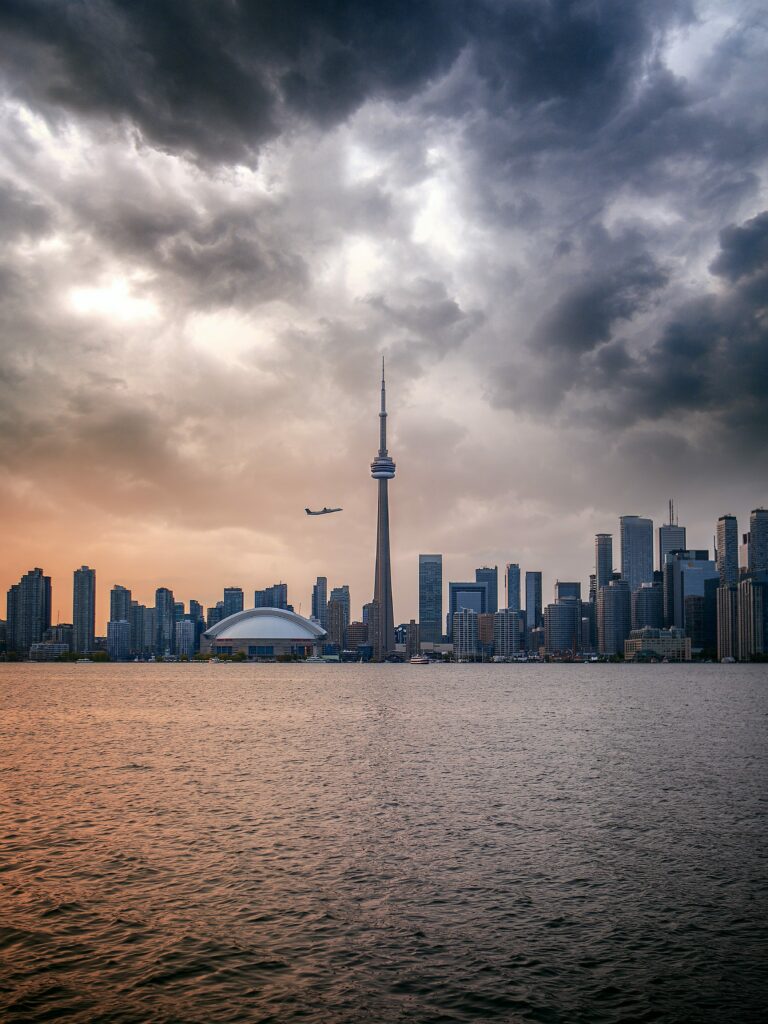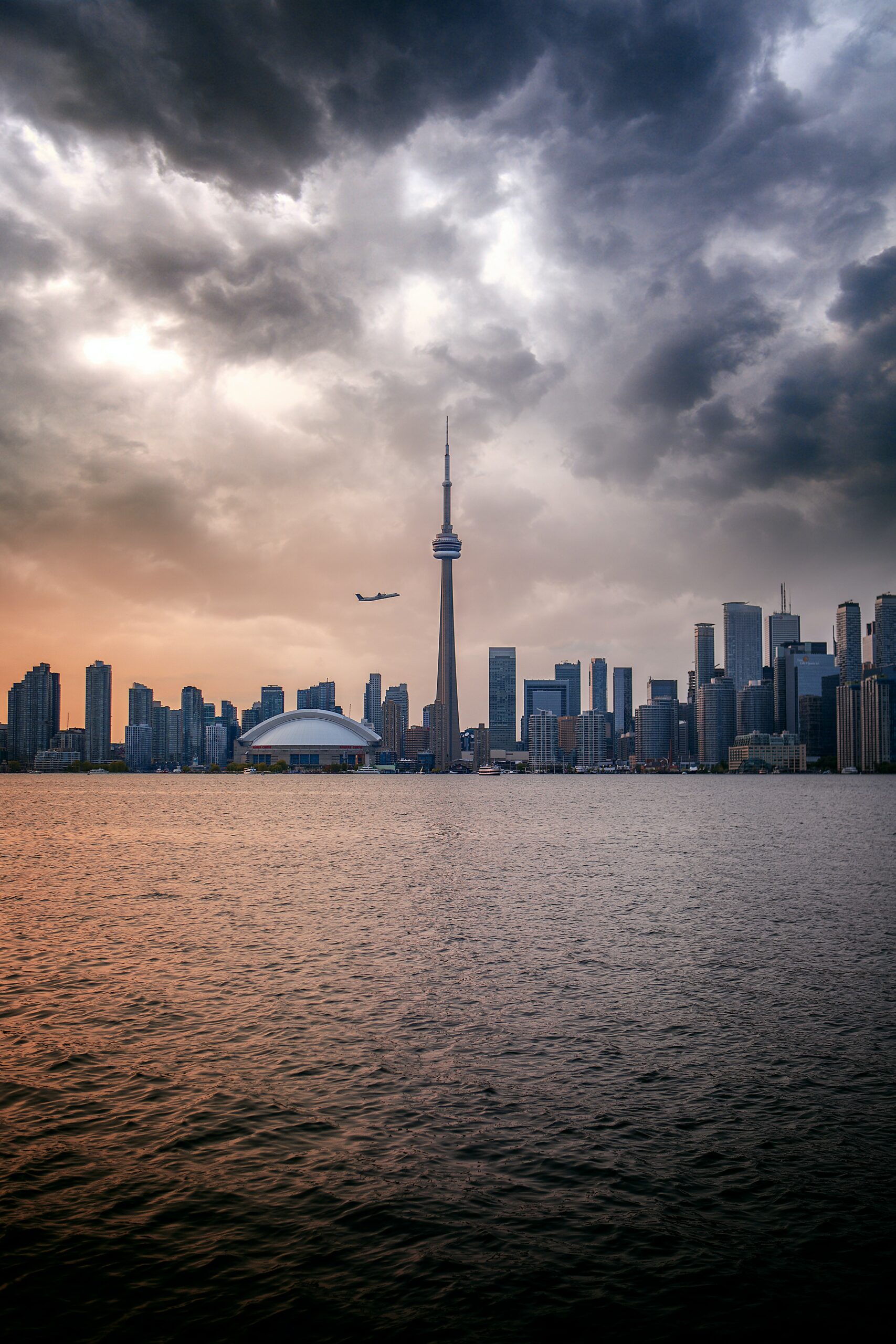Temperature Rising
The common expectation for those living and working in the GTA is that summers are hot and winters are cold. To get a better sense of whether climate change is impacting temperature levels, we look at the average temperature per year over time. Between 1971 and 2000, the historic average was 7.3°C. Current projections show an increase to an average temperature between 11.6°C and 12.4°C by the 2080s [1].
What is the cause?
The changes in temperature under the high emissions scenario are expected to be relatively consistent across the region. These changes may be further exacerbated by the phenomenon known as the Urban Heat Island Effect, which would contribute to even higher temperatures in urban areas due to the higher concentration of paved surfaces and buildings compared to surrounding areas with more natural land cover.

How will this affect us?
Based on these projections, the number of “extreme heat days”, days with highs above 30°C, is expected to increase by 22 – 31 days by the 2050s and between 37 – 41 days by the 2080s. Our historic average is 11 days [1].
Even winter temperatures will be affected with minimum winter temperatures projected to warm by about 6°C by the 2080s, rising to an average of -3.1°C under the high emissions scenario [1]. While some may think having warmer winters is a wonderful thing, these temperature changes will impact temperature-sensitive natural and human systems as they are pushed beyond the temperature tolerances they evolved with, and also impact precipitation.
Precipitation Projections
Modelling precipitation patterns is complex with a wide range of variability and uncertainty. Identifying where climate change projections are in more agreement on future precipitation patterns can help businesses identify potential impacts.
The Toronto and Region Conservation Authority (TRCA) has compiled precipitation projections that show a wide range of variability and uncertainty in future precipitation patterns. Sharing two scenarios, moderate emissions RCP4 and high emissions RCP8, we see average annual total precipitation levels are projected to increase across the Toronto region over this century under scenario RCP8. 5, while RCP4. 5 indicates a slight decrease.

Due to fewer model runs, the moderate scenario results should be considered with greater uncertainty and may be a factor in the apparent decreasing trend. Other climate change impact assessments project an increasing trend in annual total precipitation over this century under both moderate and high emissions scenarios 1, 2, and 3.
High emissions scenario
Under the high emissions scenario, annual precipitation is expected to increase above 1971-2000 historical levels by:
- 36 mm/year in the 2020s
- 109.6 mm/year by the 2050s
- 182.6 mm/year by the 2080sxiv
This represents a 15-25% change in precipitation by 2100, with greater precipitation expected in the eastern parts of the Toronto region (Figure 1).
For context, in the City of Toronto, the month of August typically sees the highest precipitation over the year, with an average of 81.1 mm/year of precipitation over the 1981-2010 period [2]. High emissions scenario projections suggest that climate change could bring precipitation equivalent to an additional two months of August-like precipitation every year by the end of the century.
TRCA projections suggest that greater precipitation can be expected during the winter season. Under a high emissions scenario, summer precipitation shows a wide range of uncertainty over this century, suggesting that some summers will bring greater than historical average precipitation, while others will see drier summer conditions.
What does this mean?
Increasing annual and seasonal total precipitation can overwhelm ecosystems and infrastructure, resulting in
- damage and disruption through flooding
- higher occurrence and severity of extreme weather events in the GTA
- natural and human systems will be impacted

Prolonged dry periods may also cause further stress to humans, wildlife, and crops when coupled with increasing temperatures. The TRCA Climate Summary Tables provide an overview of several extreme climate parameters over the 21st century and their corresponding trend.
Just in time for Spring, next week’s primer will discuss the Growing Season and Agriculture. Stay tuned!
If you would like to read about the Partners in Project Green (PPG) FREE Resource Kit that can help guide you through the complexity of climate change and climate change-related risks for your business, you visit the Building a Climate Resilient Business Resource Kit page or read our last news story.

